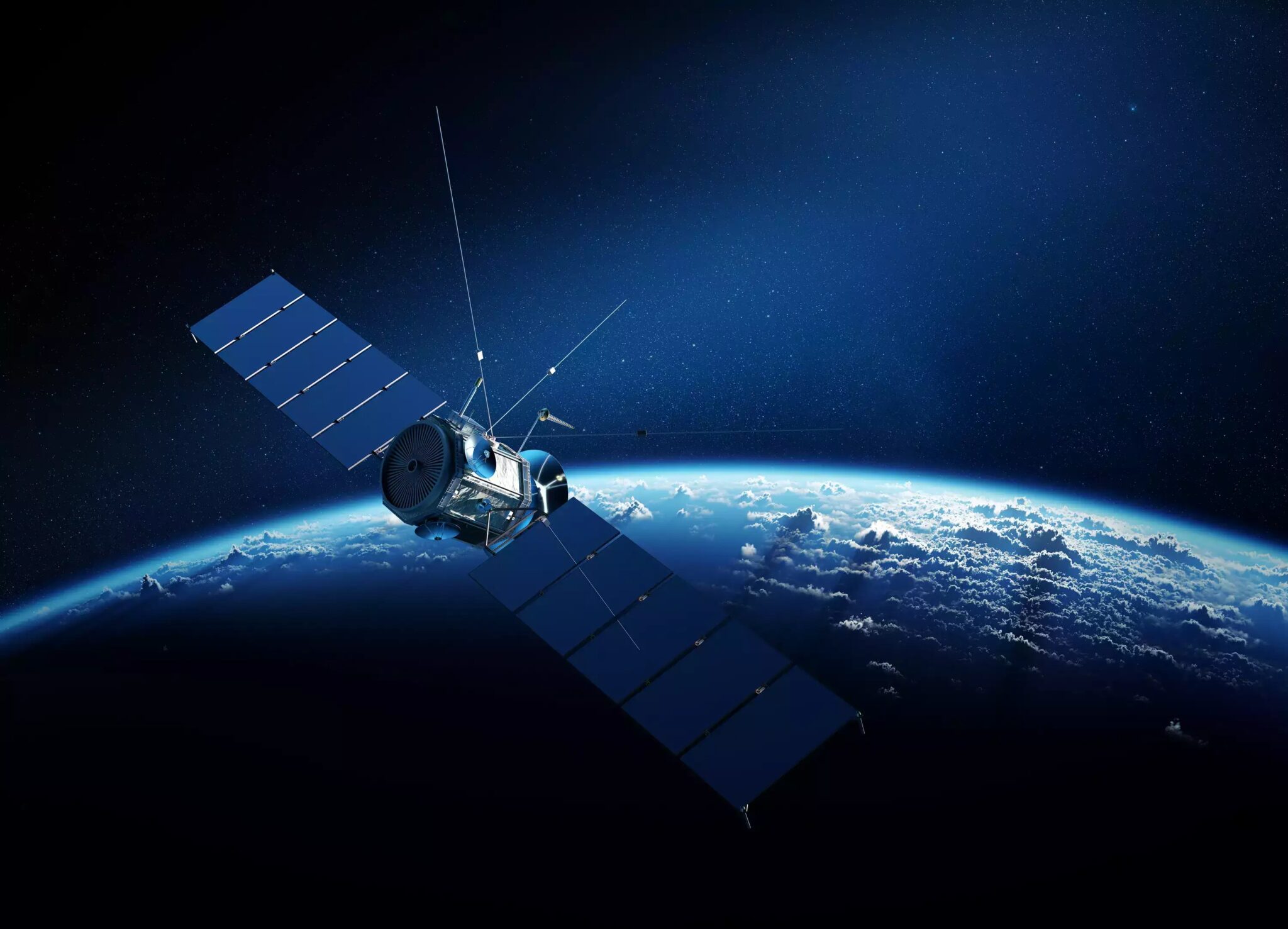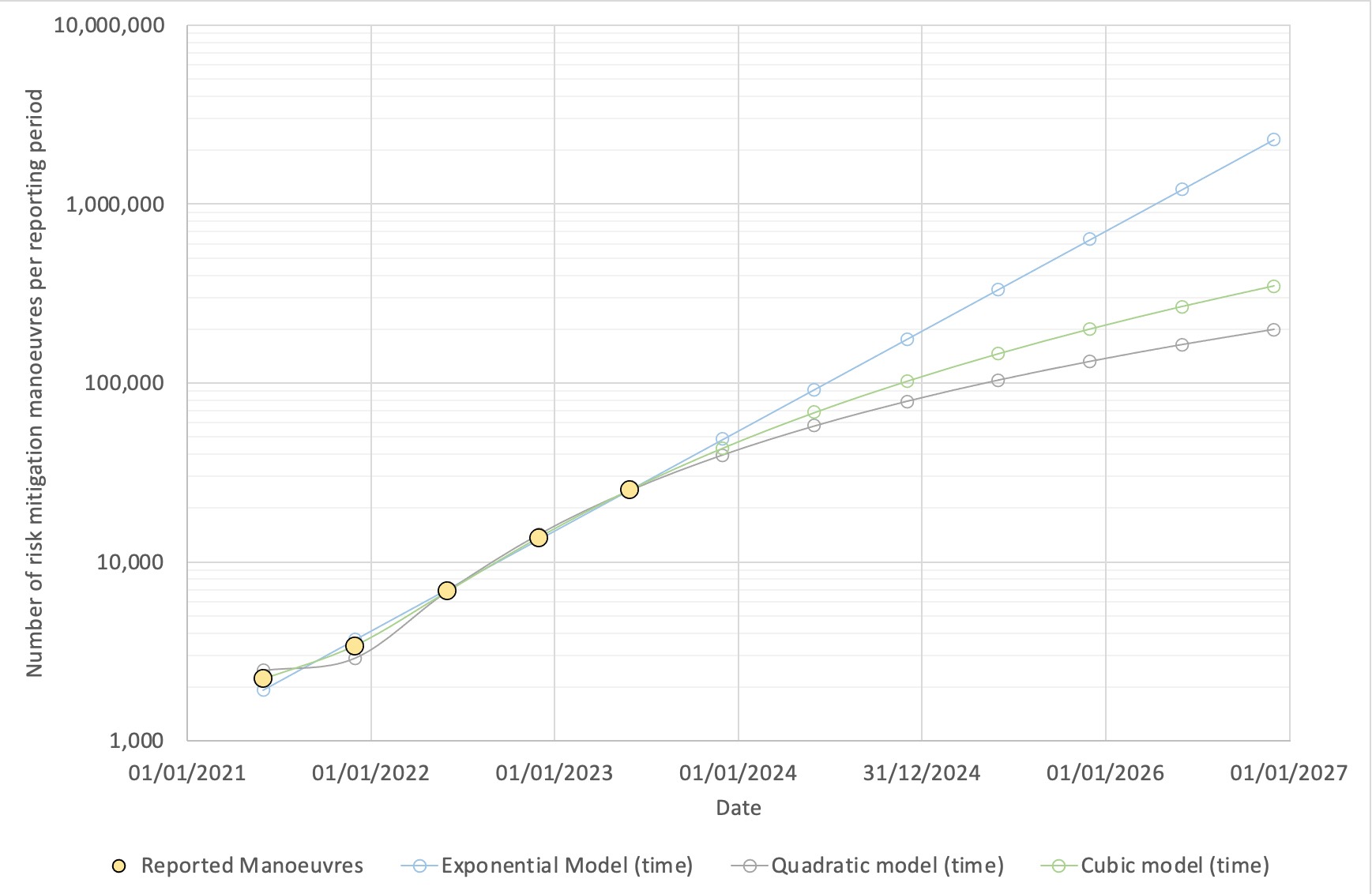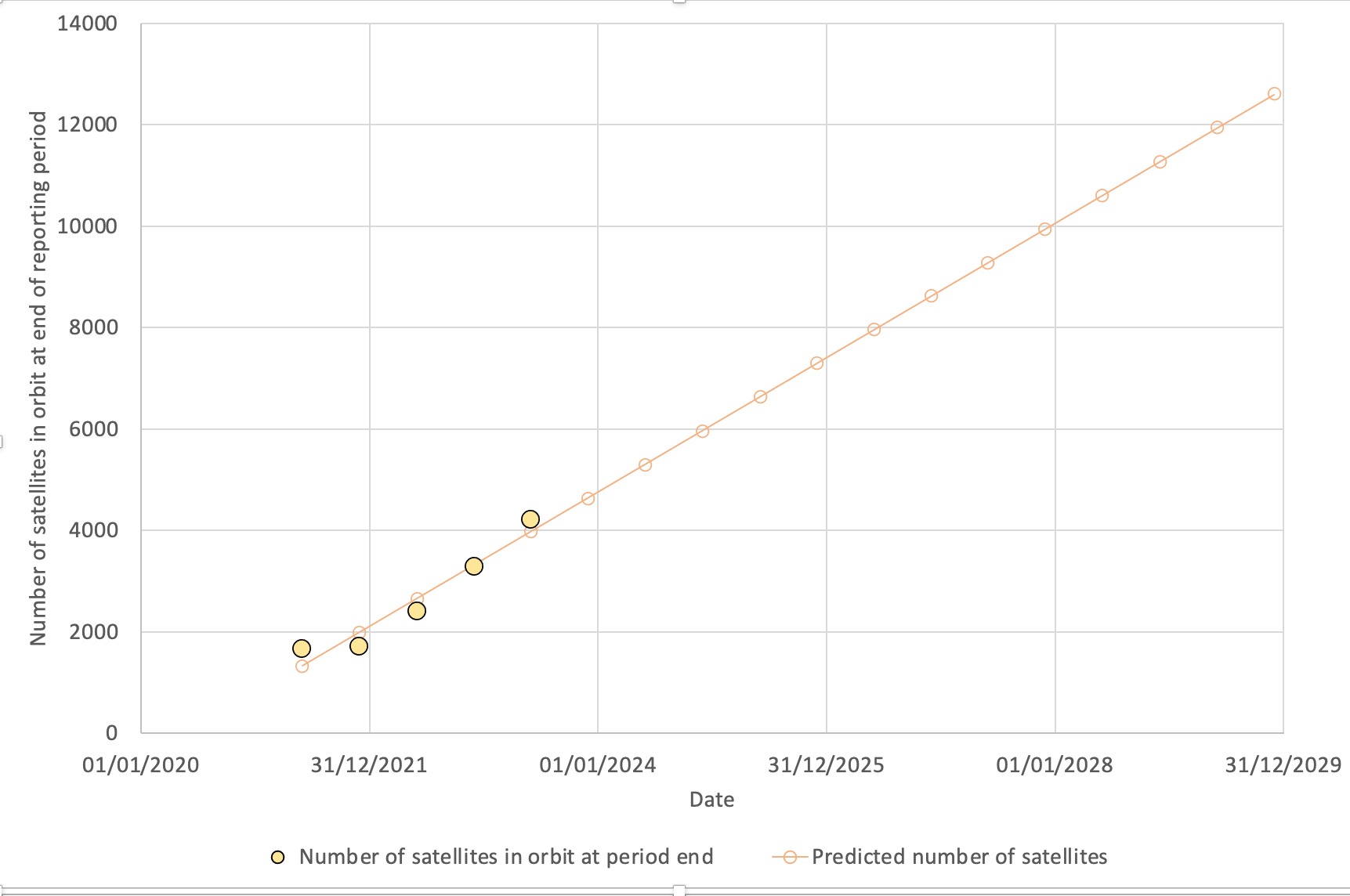Over the past six months, Starlink satellites have been increasingly performing collision avoidance maneuvers. According to a report filed by SpaceX with the US Federal Communications Commission (FCC), SpaceX broadband satellites were forced to avoid more than 25 thousand times from December 1, 2022 to May 31, 2023. And since their launch in 2019, the total number of maneuvers has reached 50 thousand.

The staggering increase in the number of Starlink satellite collision avoidance maneuvers is raising concerns about the long-term sustainability of satellite operations as thousands of new spacecraft prepare to be launched into orbit in the coming years. The sharp increase in the number of maneuvers worries experts, since it occurs along an exponential curve. This means that safety in orbit may get out of control in the near future, when only one accidental collision can form a chain reaction of a cascade of a global space accident in low orbit, which will endanger absolutely all space flights.
1 million maneuvers until 2028
Data collected by Hugh Lewis, Professor of astronautics at the University of Southampton in the UK, showed that in the first half of 2021, Starlink satellites performed 2,219 maneuvers to avoid collisions. In the next six-month period ending in December 2021, this number increased to 3,333, and then doubled to 6,873 between December 2021 and June 2022. In the second half of 2022, SpaceX had to change the flight paths of its satellites 13,612 times to avoid potential collisions. In the latest report to the FCC, the company declared 25,299 collision avoidance maneuvers over the past six months, while each satellite was forced to move an average of 12 times.

“Right now, every six months, the number of maneuvers that are being made doubles. It has gone up by a factor of 10 in just two years, and if you project that out, you’ll have 50,000 within the next six-month period, then 100,000 within the next, then 200,000, and so on,” Lewis said.

If the trend continues, by 2028, Starlink satellites will have to maneuver almost a million times in six months to minimize the risk of orbital collisions. And Lewis doesn’t expect such growth to slow down anytime soon. SpaceX has now deployed about a third of its planned first-generation constellation of 12,000 spacecraft and regularly launches more than 800 satellites a year, and this trend is expected to continue for the foreseeable future.
It’s getting crowded and dangerous in orbit
However, the first-generation Starlink satellites are just the beginning. The FCC has partially approved plans to create a second-generation Starlink fleet, which may consist of 30 thousand satellites. And soon other players from Amazon with its Kuiper project and China with Guowang will join the game for the global satellite Internet.
Lewis expects that if regulators do not limit the number of satellites in orbit, collisions will soon become more regular, and then this process may become unpredictable. The end point of this process can be Kessler syndrome – a scenario predicted in the late 1970s by former NASA physicist Donald Kessler — this is a rampant cascade of collisions that can make parts of the orbital environment completely unusable.
Earlier we talked about how to destroy an object in orbit.
According to Space
Follow us on Twitter to get the most interesting space news in time
https://twitter.com/ust_magazine
